There are some fundamental bass fishing tips that will assist you in becoming a professional angler. Here are some bass fishing tips that you should be aware of.
To be a great angler, one must first master the fundamentals of fishing. These tips could include locating the best bass boat for your needs, as well as knowing the best fishing secrets, tricks, and tips.
Before we get into bass fishing tips, it’s important to first look at the different types of bass.
Types of Bass
According to professional anglers, there are various types of bass. The major types are as follows:
- Largemouth Bass
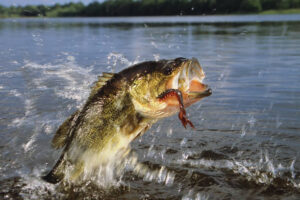
The lower jaw is the distinguishing feature of largemouth bass. The jaw is so large that it extends all the way to the back of the eye. It is green with silvery sides, and it has a dark stripe all over its body on the belly.
Largemouth bass’s underside can be a lighter shade of green or even white. They can weigh up to 20 pounds and sometimes even more. They can be found in brackish (salty and freshwater mixtures) and freshwater. They prefer rivers or streams that are moving. Adults spend most of their time alone, whereas children attend school together.
They also prefer places with logs, vegetation, rock ledges, or other structures that can serve as cover. They are carnivorous and prefer to eat frogs, sunfish, minnows, gizzard shad, and occasionally snakes. They also eat smaller bass and water plants.
- Smallmouth Bass

Green, bronze or brown smallmouth bass are all possible. They have a large flap at the end of their jaw, unlike largemouth bass. The maxillary bone does not extend beyond the eye.
Their size is about 8 to 15 inches. They do not weigh more than 3 pounds.
They prefer clear-water lakes and streams. They prefer rubble or gravel substrates in their habitats. Crayfish, insects, and fish are among their favorite foods.
- Rock Bass
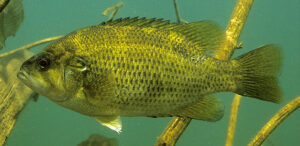
The body of a rock bass is unusually compressed. Their eyes can be orange or red in color. They are large and come in two colors: olive and golden brown. They can, however, change color to black or silver to blend in with their surroundings.
They are 6 to 8 inches long and weigh less than a pound. They prefer their water to be clear and cool. They are carnivores who enjoy eating insects, crayfish, crustaceans, and smaller fish. The younger ones can sometimes become prey for the adult rock bass.
The other types of bass are striped bass and black sea bass.
Tips for Bass Fishing
Here are some top bass fishing tips to get you started.
Keep Shredded Worms
Shredded worms are the most effective way to ambush worms. It’s a good idea to keep a lot of them in plastic before the next fishing trip. Bass adore worms, especially when they are injured. They believe that a wounded worm has little ability to flee or hide from them.
Shredding the worms will provide them with not only food but also an appealing meal. They will rush the bass, resulting in a large bass harvest for the angler.
Use Red Colors to Trick the Fish
Red is a lovely color. More importantly, fishes are drawn to it, which is why they enjoy shredded worms or wounded prey. Use a pink or red-colored bait, whatever it is. To attract fish, scatter the red color around wood, clumps of grass, and stumps.
A red hook can also be used with crankbait. The goal is the same – to trick the fish into thinking it’s an injured bait, causing them to bite it and become trapped.
Additionally, read more about the 7 most common fishing knots.
Ensure the Hooks are Sharp
What is farming if you don’t have sharp farm tools? Likewise, what is fishing without razor-sharp hooks?
Only effective tools, in fact, produce excellent results. This is particularly true when it comes to bass fishing tips. A sharp hook is necessary to keep the fish from escaping. Because they are bass, they have bony jaws. A blunt hook may be unable to penetrate the fish.
Sharpen the hook after each catch, according to experts. Sharpening the hook doesn’t take long. It improves one’s chances of landing a catch.
Follow the Wind’s Direction.
When it comes to bass hunting, the adage “no pain, no gain” is true. When hunting, the best position to be in is in the direction of the wind. Make some space between the cast members and face the wind. Bass prefers to swim in the current direction.
As a result, it is more important that they (the bass) notice the bait first, rather than the boat.
Go Fishing Before the Storm
Some people prefer to go bass fishing during a storm. They believe the storm will cause panic and that bass will freely roam around. This assumption is incorrect because bass will already have a safe haven once the stormy weather begins.
The water current is always disrupted and the pressure among the bass increases just before the storm. They are always moving in schools at this time of year, making it easier to catch them.
Furthermore, they rarely bite during these times because their primary goal is to hide before the storm starts.
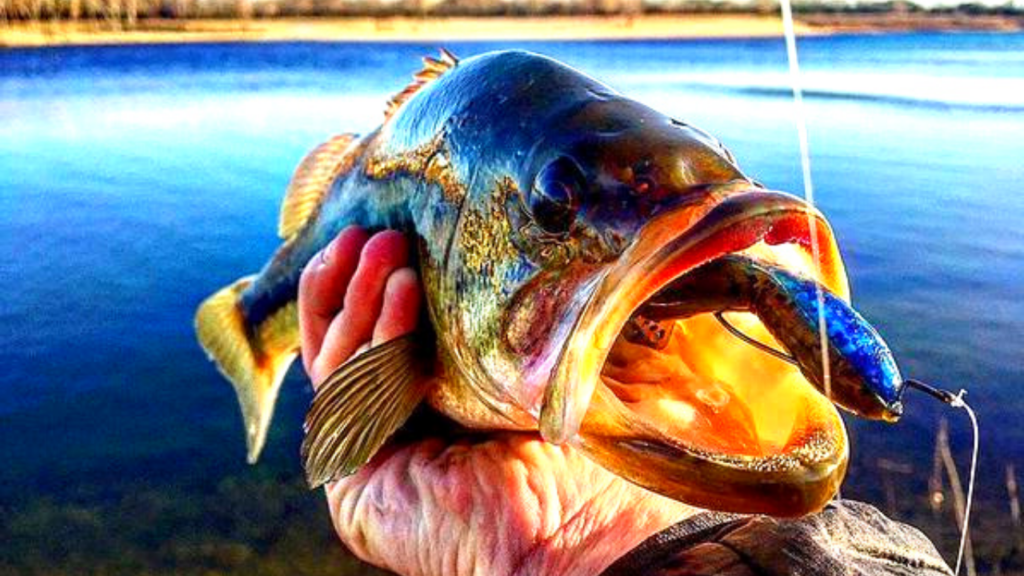
Do Not Use the Bait Again
Bass has instincts as well. They can become accustomed to repeated baits. The best approach here is to use seasonal baits. Change up the types of bait you use for hunting. Try shredded earthworms for a month and then switch to crayfish when the catch level drops.
Use colored crayfish or silver baits that they will find appealing. Chrome baits can also be effective at times.
Be Consistent
The key to success in life is consistency. A heavy catch may be difficult for a beginner to record. The catches may be two or three in the early days, but they must be consistent. Efficiency will improve over time.
Another important benefit of consistency is that it improves one’s understanding of how bass hunting works. One becomes acquainted with the hunting site, hunting techniques, and hunting times, as well as becoming more proficient at hunting in general. Be consistent even if the results do not add up. It is always profitable.
Focus on Shallow Areas
For bass, shallow areas are the worst places to be. They want to avoid being caught by a hunter and to hide from predators in the water.
Furthermore, the shallow areas are where they lay their eggs. As a result, they are frequently found near shallow areas. Such areas should always be prioritized.
Conclusion
There is a great deal to learn about bass fishing tips. Experience, on the other hand, is the best teacher. Begin hunting today and improve before the next time.

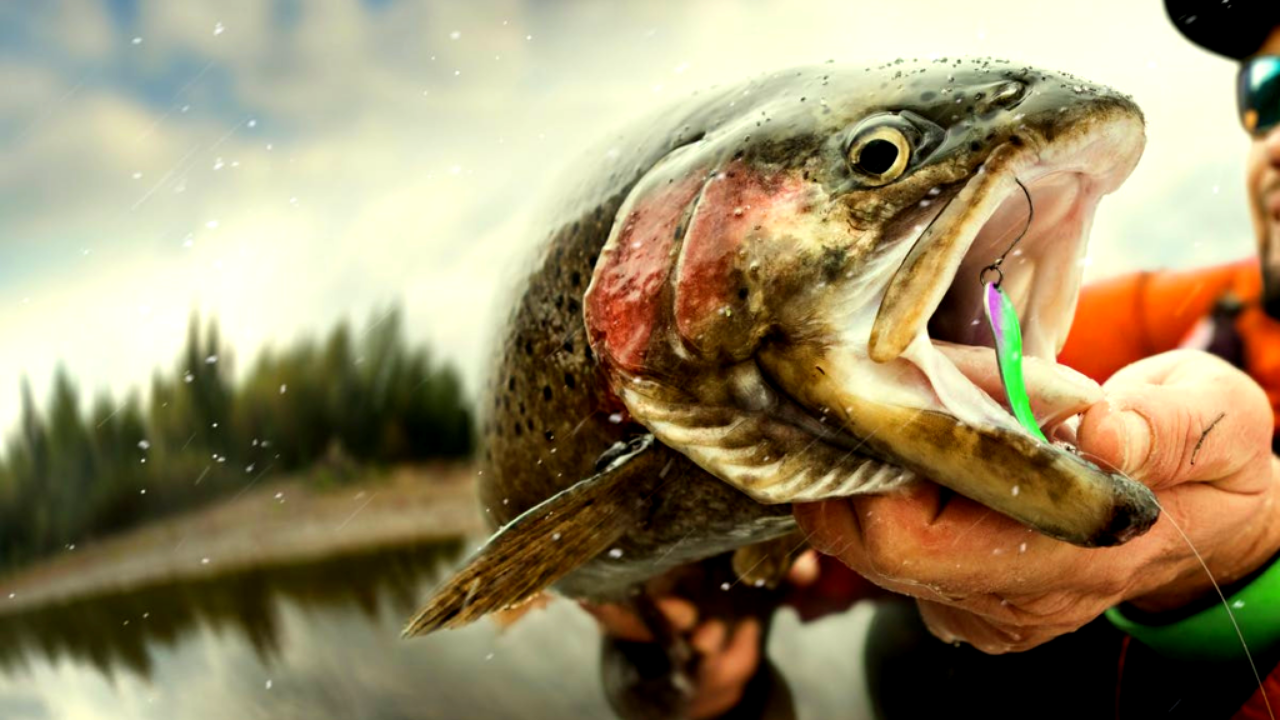
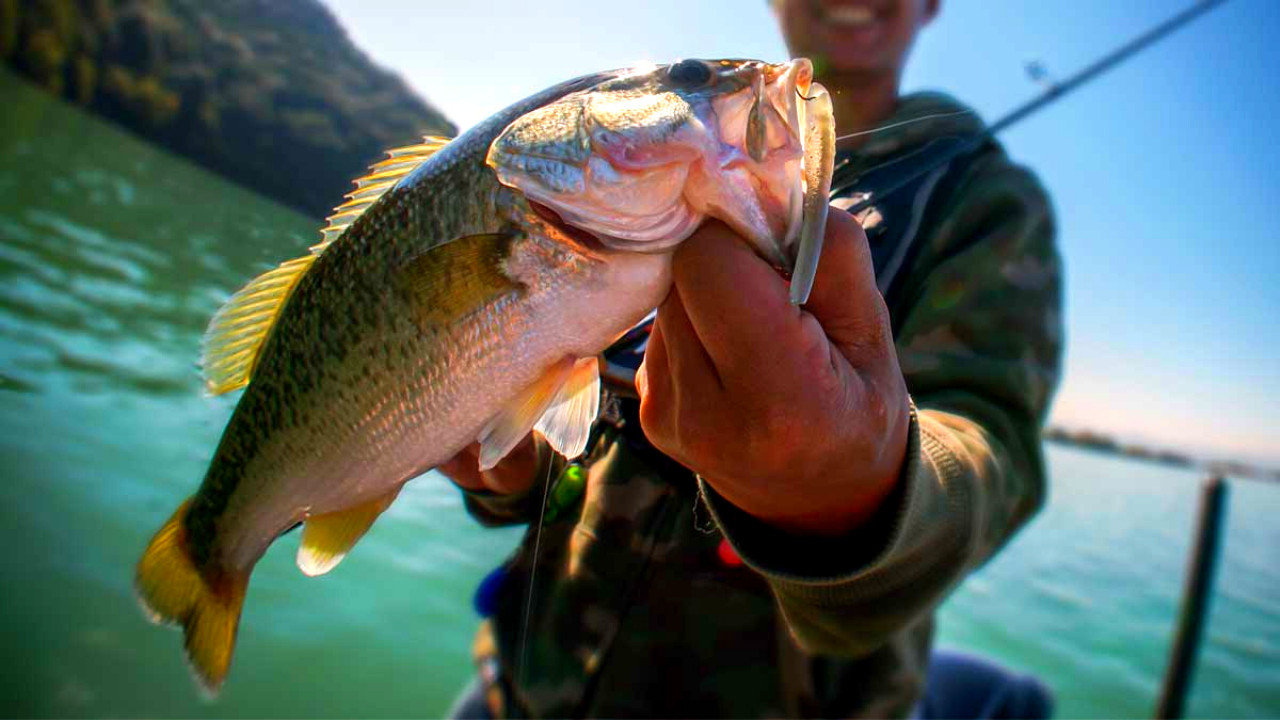
2 comments